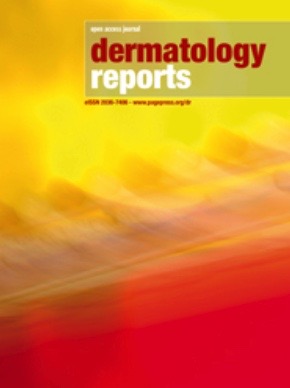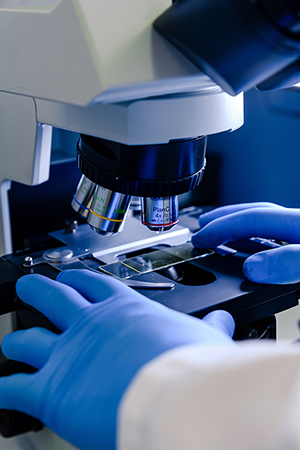Italian Melanoma Intergroup tele-genetic counseling project for melanoma predisposition syndromes: five-year evaluation of effectiveness and outcomes
All claims expressed in this article are solely those of the authors and do not necessarily represent those of their affiliated organizations, or those of the publisher, the editors and the reviewers. Any product that may be evaluated in this article or claim that may be made by its manufacturer is not guaranteed or endorsed by the publisher.
Authors
This study assessed the implementation of a tele-genetic counseling (TGC) pathway for hereditary melanoma risk using the culturally adapted Italian Melanoma Intergroup Tele-Genomics Outcome Scale (IMI-TGOS) questionnaire. Among 278 eligible patients, 177 (64%) completed the survey across three Italian centers. Responses showed high comprehension and perceived utility: 88% of participants reported understanding the information received, 96% recognized familial implications, and over 85% felt confident in managing risk and making decisions. While emotional responses were more varied, most respondents expressed confidence in future planning. These findings confirm the feasibility, acceptability, and informativeness of the IMI-TGOS in a remote counseling setting. The study supports the comparability of tele-genetic and in-person counseling in terms of understanding, retention, and decision-making. Moreover, the IMI-TGOS emerged as a promising tool for evaluating real-world genetic services. Broader adoption may help monitor outcomes and improve quality and equity in the expanding landscape of digital genetic care.
Supporting Agencies
This study was supported by the Italian Melanoma Intergroup (IMI) (MB) and the Italian Ministry of Health Ricerca Corrente 2025-2027 to IRCCS Ospedale Policlinico San Martino (PG). MB was partially funded by the European Union - Next Generation EU - NRRP M6C2 - Investment 2.1 Enhancement and strengthening of biomedical research in the NHS, PNRR-MCNT2-2023- 12378166, CUP C73C23000840006 (PG).How to Cite

This work is licensed under a Creative Commons Attribution-NonCommercial 4.0 International License.








